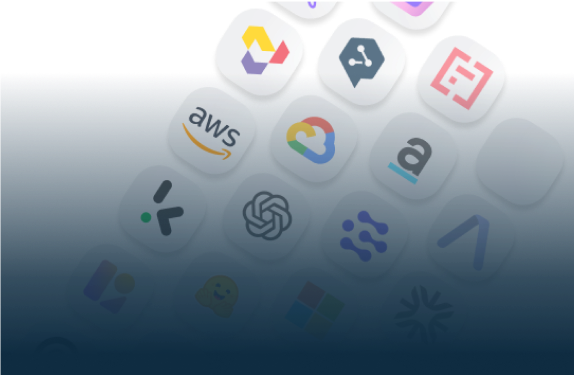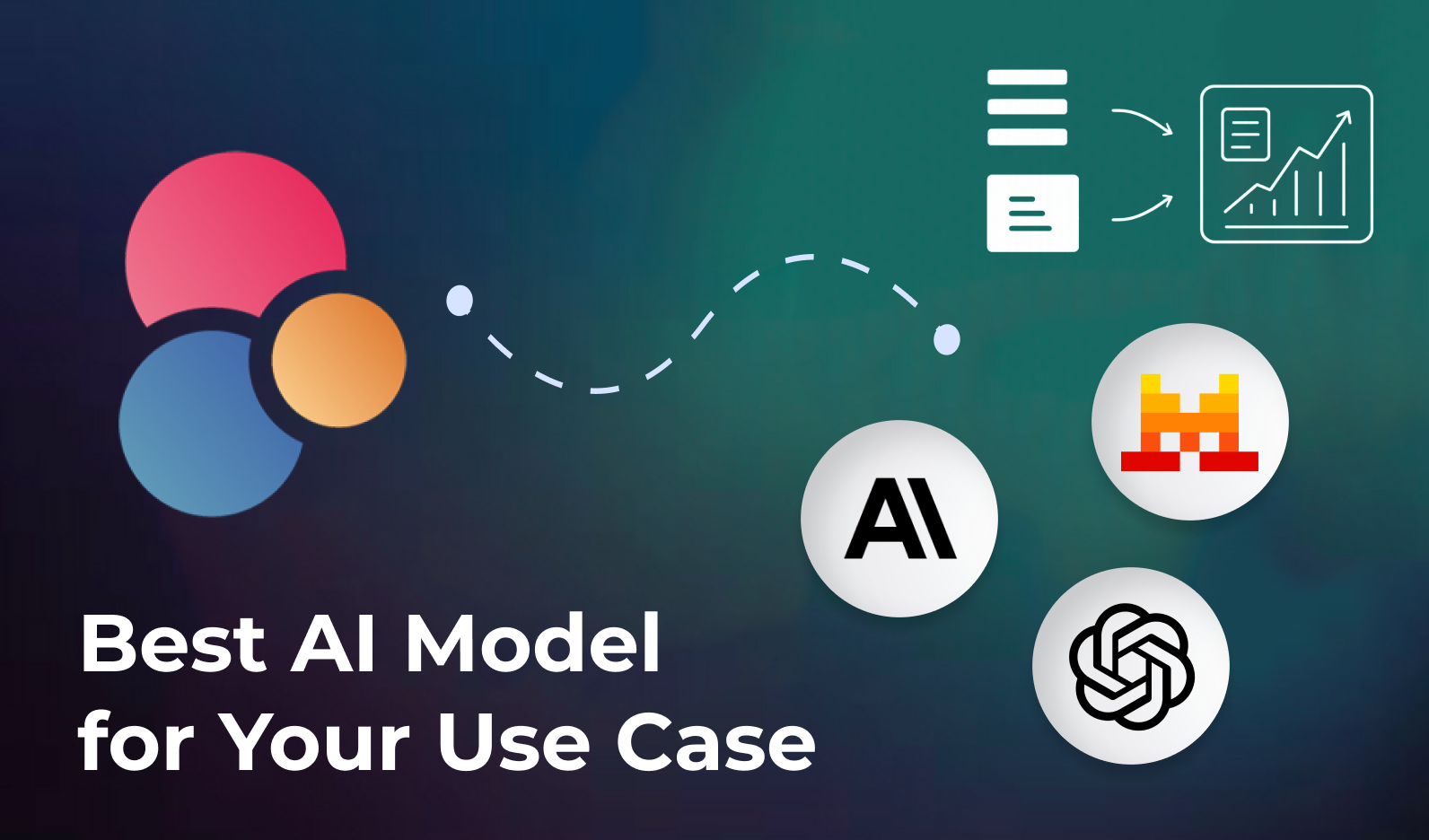
Start Your AI Journey Today
- Access 100+ AI APIs in a single platform.
- Compare and deploy AI models effortlessly.
- Pay-as-you-go with no upfront fees.
Choosing between OpenAI, Anthropic, and Mistral can be challenging for developers and product teams. Each model excels in different areas, reasoning, creativity, speed, or cost-efficiency. This article compares their strengths, discusses key evaluation metrics, and shows how a multi-model approach through Eden AI helps you get the best of each provider without complex integration.

With new LLMs emerging every few months, developers face a key decision: which provider’s model should power their product? OpenAI remains a leading choice for reliability and ecosystem support, Anthropic is known for safety and contextual reasoning, and Mistral stands out for open-source flexibility and cost-efficiency.
Yet, there’s no universal “best” model, performance depends on your application’s goals. The model comparison process, evaluating cost, latency, and quality, is the most reliable way to find the right balance.
OpenAI’s models like GPT-4 and GPT-4o are industry benchmarks for accuracy, fluency, and broad task coverage. They perform particularly well in:
Strengths:
Limitations:
For most general-purpose applications, OpenAI offers high quality and minimal integration friction,but flexibility can be limited.
Anthropic’s Claude models are designed for safety, long-context reasoning, and aligned responses. They excel in professional and enterprise scenarios where factual accuracy and coherence are key.
Best suited for:
Strengths:
Limitations:
As noted in benchmarking multi-LLM setups, Anthropic often performs best for context-heavy, instruction-following workloads.
Mistral takes a different approach, offering open-weight models (like Mixtral 8×7B) and an API that prioritises speed and transparency. Their models provide strong reasoning capabilities while remaining lightweight and cost-efficient.
Best suited for:
Strengths:
Limitations:
The multi-API integration approach helps overcome this by connecting Mistral’s models through a single API layer alongside commercial ones.
Each provider has a different value proposition, rather than picking one, you can combine them strategically. For example:
A multi-provider setup with routing and fallback mechanisms ensures optimal performance and reliability. As described in the load balancing guide, intelligent routing selects the best provider per request based on metrics like latency, cost, and success rate.
Eden AI simplifies cross-provider experimentation through its unified API, allowing you to test, compare, and route requests between OpenAI, Anthropic, Mistral, and others; without rewriting your code.
Key advanced features include:
These features allow you to integrate multiple AI APIs with confidence, avoid redundancy, and maintain full control of your architecture.
OpenAI, Anthropic, and Mistral each bring unique advantages to the LLM ecosystem. The best model depends on your use case, whether it’s creative generation, structured reasoning, or scalable experimentation.
Through Eden AI’s unified platform, developers can stop choosing between providers and start leveraging them all at once. By testing, comparing, and routing requests intelligently, you ensure that every task runs on the most efficient model available, both in performance and cost.


You can start building right away. If you have any questions, feel free to chat with us!
Get startedContact sales
